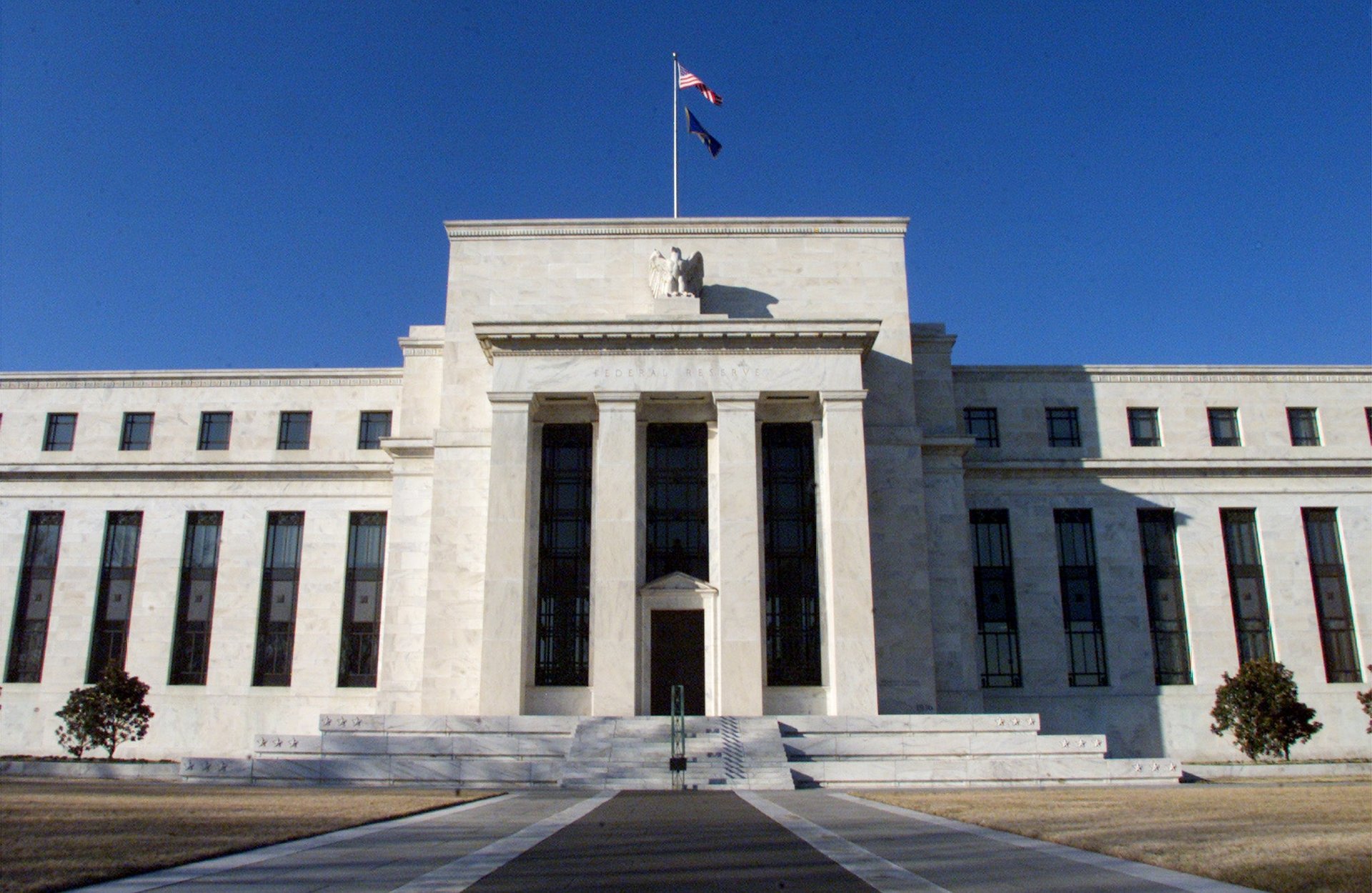The Fed’s CBDC report was lame on purpose
The US Federal Reserve released its long anticipated report on the potential for a digital dollar last week. Those hoping the world’s most powerful central bank would revolutionize the way we exchange money were disappointed.


The US Federal Reserve released its long anticipated report on the potential for a digital dollar last week. Those hoping the world’s most powerful central bank would revolutionize the way we exchange money were disappointed.
For starters, the Fed made clear that for now it is neither for or against launching a digital currency. And if it does decide to issue one, it wants banks to act as intermediaries, not unlike in the system that currently underpins most electronic transactions.
Dozens of central banks around the world have either launched or are exploring the idea of central bank digital currencies, or CBDCs, according to the Atlantic Council’s CBDC tracker. Proponents say this kind of digital money would be cheaper and faster than traditional payment systems, and more efficient for cross-border transactions.
But in several speeches, chair Jerome Powell has made it clear the Fed is operating from a place of confidence in the dollar’s status as the world’s reserve currency. In other words, it doesn’t want to create a CBDC for the sake of creating a CBDC.
Why are we talking about CBDCs?
Central banks started mulling over digital currencies in the wake of Facebook’s digital currency initiative first labeled Libra and later renamed Diem.
The Bank for International Settlements (BIS) says the explosion of CBDC research has more to do with efforts to make payments easier than any threat to the global financial system posed by Facebook. Still, many of these projects started after the summer of 2019, when the tech giant announced it would be launching a digital currency backed by a basket of currencies.
Such a product had the potential to pull lots of money outside of the traditional financial system. The thinking among central bankers was that CBDCs would keep that money within their purview.
Though Diem didn’t take off, stablecoins have proliferated in the meantime.
The Fed prefers regulation over competition with crypto
Instead of offering alternatives to the crypto financial system, the Fed seems to prefer that it operate side-by-side the traditional system. (Powell has advocated for stablecoin regulations, for example.)
Part of the reason behind that stance might be that competing with crypto outright would require the law to change. For example, one idea floated by CBDC advocates is giving every American a digital dollar account at the Fed, making financial inclusion automatic and creating a simple way to distribute government aid, like stimulus checks. But right now the Fed is mandated by Congress to only interact with banks.
Of course, regulating the crypto industry is not up to the Fed. President Joe Biden will issue an executive order in February aimed at a broader approach to regulating digital assets, according to a Bloomberg report. The White House is also supposed to weigh in on the idea of issuing a CBDC.
FedNow is already changing payments
Another reason why the Fed might not see a pressing need for a digital dollar is that it already has a project that will democratize payments. Many of the improvements promised by a CBDC may be accomplished by the Fed’s real-time payments system. Called FedNow, it is set to be released in 2023.
FedNow would allow for instant payments between banks. The Fed hasn’t announced fees for FedNow, but it could choose to wipe them out since the technology would reduce the risk of waiting for days for payments to settle between a customer’s bank and the merchant’s bank, for example.
The dollar is still king
Still, the Fed seems committed to issue some kind of digital currency if it will protect the dollar’s status as the global reserve currency. Fed governor Lael Brainard has said the US needs to digitize the dollar to keep up with financial innovation in other countries—though she hasn’t provided any evidence on why those other countries’ CBDCs would make their currencies more attractive than the dollar. The Fed made a similar case in its new report.
That might not be enough reason for the US to launch a CBDC anytime soon. The dollar is seen as a safe haven asset because the US is good at fulfilling its financial obligations, not because it’s more innovative or easier to use than other currencies. If anything threatens the dollar’s status, it will be political or economic instability in the US, not any other CBDC or cryptocurrency.
Even bitcoin, the oldest digital asset, is valued in terms of the US dollar—despite its advocates’ aim to replace the official currency. At least for now, crypto needs the dollar more than the dollar needs the technological advantages that come with crypto.